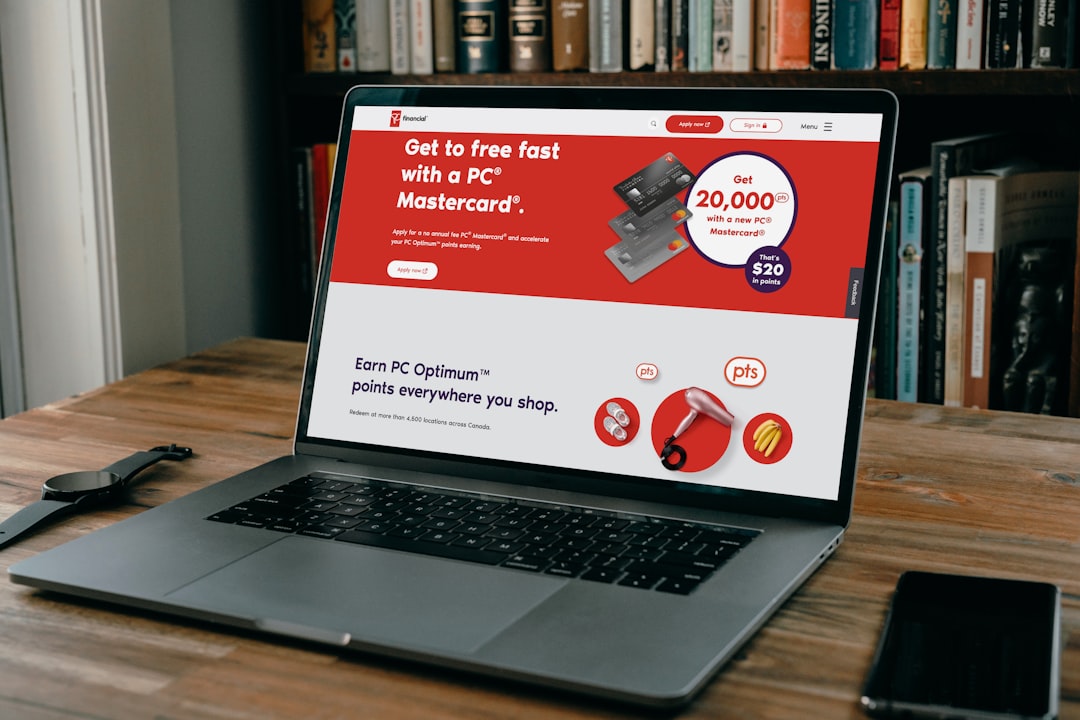In today’s fast-paced digital landscape, businesses of all sizes must effectively manage their technological systems to remain competitive, scalable, and secure. As enterprises grow, so does the complexity of their IT infrastructure. Without a sound technological systems management strategy, businesses risk inefficiencies, security breaches, and operational downtime. This guide serves as a comprehensive resource for understanding the principles, tools, and best practices of managing technological systems to ensure long-term operational success.
The Foundation of Technological Systems Management
Technological systems management encompasses the planning, deployment, monitoring, and optimization of IT assets to support an organization’s goals. It is a multidisciplinary function that involves:
- Infrastructure Management – Overseeing hardware, servers, networks, and data centers to ensure optimal performance and availability.
- Application Lifecycle Management – Managing the design, development, deployment, and maintenance of software applications.
- Security Governance – Implementing policies and controls to protect sensitive data and prevent unauthorized access.
- Compliance and Risk Management – Ensuring adherence to industry regulations and mitigating technical and operational risks.
These pillars need a cohesive strategy, guided by experienced leadership and supported by smart automation, to support scalable and secure business operations.
Strategic Planning for Scalable IT Infrastructure
Scalability refers to a system’s ability to handle growing amounts of work or an expanding user base. Achieving this requires thoughtful architectural decisions, resource allocation, and performance tuning from the onset. Key considerations include:
- Cloud Adoption – Leveraging cloud infrastructure allows for flexible scaling, reduced capital expenditure, and worldwide access.
- Microservices Architecture – Breaking down applications into independent services fosters agility and makes scaling easier.
- Load Balancing and Redundancy – Ensuring availability and resilience by distributing workloads and maintaining failover systems.
Proper capacity planning combined with continuous performance monitoring allows proactive resource optimization and prevents bottlenecks as the organization grows.

Security: The Backbone of Trustworthy Operations
In an era characterized by cyber threats and increasing regulatory scrutiny, securing your technological systems is not optional—it is mission-critical. Businesses must adopt a proactive and layered approach to cybersecurity, including:
- Identity and Access Management (IAM) – Control who has access to what by implementing role-based permissions and multi-factor authentication.
- Regular Patching and Updates – Eliminate known vulnerabilities by keeping software and devices up to date.
- Data Encryption – Secure data in transit and at rest using advanced encryption standards to prevent unauthorized access.
- Monitoring and Incident Response – Utilize SIEM tools to detect threats in real time and respond swiftly to minimize impact.
Additionally, employee training and simulated phishing campaigns can significantly reduce the risk of human error, which remains one of the biggest security challenges.
Automation and Orchestration
With expanding system complexity, human intervention alone is not sufficient to maintain operational efficiency. Automation plays a crucial role in:
- Provisioning Infrastructure – Tools like Terraform and Ansible automate the deployment of cloud resources according to defined templates.
- Monitoring and Alerts – Automated systems can detect anomalies and trigger alerts or remediation actions accordingly.
- Backup and Disaster Recovery – Scheduled and automated backups ensure data integrity and business continuity.
Automation not only streamlines workflows but also reduces human errors and enables faster response times. Orchestration tools consolidate automated tasks into coherent workflows, further enhancing efficiency and scalability.
Image not found in postmeta
Vendor and Asset Management
In a modern IT ecosystem, reliance on third-party tools, platforms, and services is inevitable. Effective vendor and asset management ensures that these relationships contribute positively to your organization’s goals and compliance profile:
- Vendor Selection and Evaluation – Assess providers based on security practices, SLAs, financial stability, and support capabilities.
- License Tracking – Maintain accuracy in software licensing to avoid compliance fines and optimize asset utilization.
- End-of-Life Planning – Ensure outdated hardware and software are properly decommissioned to avoid vulnerabilities.
A centralized IT asset management solution facilitates full visibility of hardware, software, and network dependencies, enabling better budgeting and lifecycle planning.
Unified Monitoring and System Visibility
A robust monitoring system provides real-time insight into performance, security, and availability across the entire IT infrastructure. Key benefits of unified monitoring include:
- Proactive Issue Resolution – Detect anomalies before they escalate into business-impacting issues.
- Capacity Forecasting – Use historical data and trends to plan accurately for future growth.
- Audit Trails – Maintain logs of user activity, configuration changes, and access attempts for compliance and investigations.
Modern observability platforms such as Datadog, Prometheus, or Splunk provide centralized dashboards, real-time alerts, and AI-based insights for better decision-making.
Governance, Compliance, and Risk Management
Technological systems management must align with business policies and external regulations. A framework for IT governance ensures decisions are made consistently and ethically, supporting long-term strategic goals. Essential components include:
- Policy Management – Define clear policies for data handling, access control, and software usage.
- Regulatory Compliance – Ensure all IT operations follow legal frameworks such as GDPR, HIPAA, SOC 2, or ISO 27001.
- Risk Assessment and Mitigation – Perform regular assessments and implement controls to reduce exposure to threats or failures.
Risk management should be a continuous process supported by updated documentation, employee accountability, and executive oversight.
The Role of Leadership and Culture
While tools and technologies provide the foundation, it is the organizational culture and leadership that drive excellence in systems management. Key elements include:
- Executive Buy-In – Senior leadership must understand the value and invest in robust systems management practices.
- Cross-Functional Collaboration – Encourage collaboration between IT, security, operations, and business units.
- Continuous Improvement – Foster an environment where teams are empowered to learn, adapt, and optimize.
Leadership must promote security awareness, facilitate innovation, and prioritize investments that support sustainable growth.
Conclusion
Effective technological systems management is a critical enabler of secure and scalable business operations. It demands a thoughtful strategy that blends architecture, automation, governance, and culture. By proactively investing in infrastructure, ensuring compliance, and maintaining operational visibility, organizations can achieve resilience and adaptability in an ever-evolving digital world. Whether you’re a startup scaling internationally or an enterprise reinforcing security posture, mastering systems management is essential to success in the 21st century.
